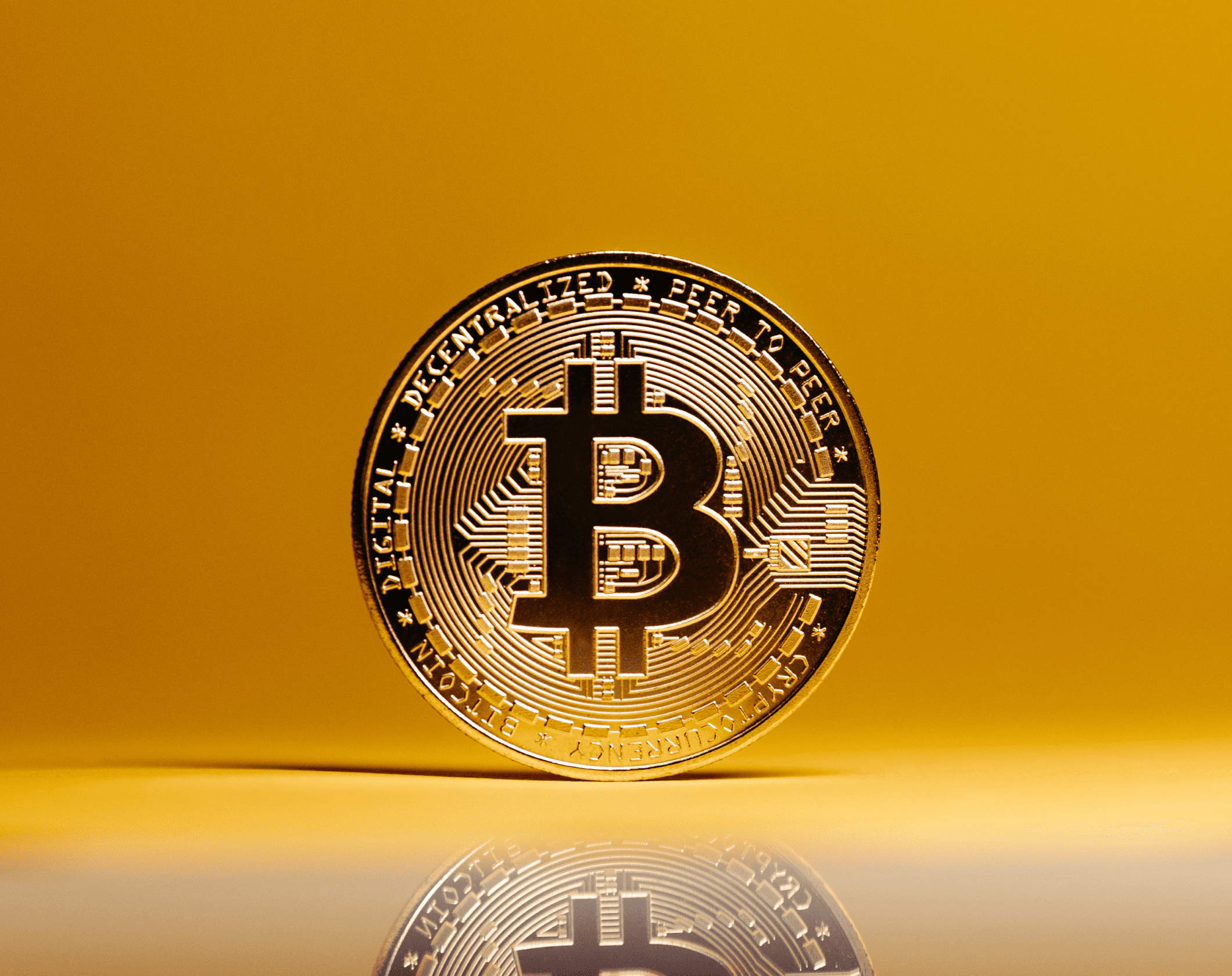-
Back to menu
Prices
-
Back to menu
-
Back to menu
Indices -
Back to menu
Research
-
Back to menu
Events -
Back to menu
Sponsored
-
Back to menu
Videos -
Back to menu
-
Back to menu
-
Back to menu
Webinars
Select Language
Combined with Firelight, Flare’s restaking layer, the setup lets companies convert XRP into FXRP and allocate it across decentralized lending, staking and liquidity protocols.
By Shaurya Malwa|Edited by Stephen Alpher
Updated Aug 29, 2025, 5:18 p.m. Published Aug 29, 2025, 5:09 p.m.

- Everything Blockchain Inc. has signed a memorandum of understanding to adopt Flare’s XRPFi framework for corporate treasury yield.
- Flare’s system aims to transform XRP into a productive asset for institutions through its FAssets system and Firelight restaking layer.
- The adoption by two public companies, including VivoPower International, signals a shift in how digital assets like XRP are utilized by institutions.
XRP’s slow push into institutional finance just picked up another backer.
STORY CONTINUES BELOW
Data-focused blockchain firm Flare announced on Friday that Everything Blockchain Inc. (OTC: EBZT), a U.S.-listed company, has signed a memorandum of understanding to adopt its XRP finance (XRPFi) framework for corporate treasury yield.
The move comes months after Nasdaq-listed VivoPower International PLC (NASDAQ: VVPR) committed $100 million in XRP to Flare’s ecosystem, making EBZT only the second public company to do so.
The agreements mark early steps in Flare’s effort to turn XRP — historically a non-yielding asset — into a productive instrument for institutions.
At the center of the framework is Flare’s “FAssets” system, a trustless bridge that gives smart contract functionality to tokens like XRP and bitcoin. Combined with Firelight, Flare’s restaking layer, the setup lets companies convert XRP into FXRP and allocate it across decentralized lending, staking and liquidity protocols.
“XRP, now a roughly $150 billion asset, has been a cornerstone of digital finance for more than a decade, yet institutions have had few ways to make it productive,” said Hugo Philion, Flare’s co-founder and CEO.
“Flare changes that by enabling a compliant, on-chain, non-custodial yield framework designed for corporate treasuries. With VivoPower and now Everything Blockchain, public companies are validating that XRPFi is not just a concept but an emerging institutional standard,” he added.
EBZT framed its decision as part of a broader shift in how public companies treat blockchain assets.
“This is about unlocking the true financial utility of digital assets like XRP, not just as speculative holdings, but as yield-bearing instruments that can compound over time,” said Arthur Rozenberg, the company’s CEO. “Flare gives us the rails to do this in a way that meets the governance, security, and auditability standards required of public companies.”
For now, the XRPFi push remains small in dollar terms relative to bitcoin or ether-based treasury pilots.
But two listed companies publicly adopting the model in under a year gives XRP a new narrative: less about speculation, more about yield, and potentially a step toward more mainstream corporate balance sheets.
More For You
By CD Analytics, Oliver Knight
1 hour ago

XLM slid from $0.39 to $0.36 in a volatile 24-hour session, though institutional buyers helped the token rebound from intraday lows.
What to know:
- Trading volumes topped 41.89 million XLM as institutional selling weighed on prices, before buyers stepped in to support a late-session rebound.
- Stellar Development Foundation reports nearly 10 million registered accounts, with 5,000–6,000 new corporate wallets added daily.
- Uncertainty in global trade policy continues to pressure blockchain-based payments infrastructure investments.













